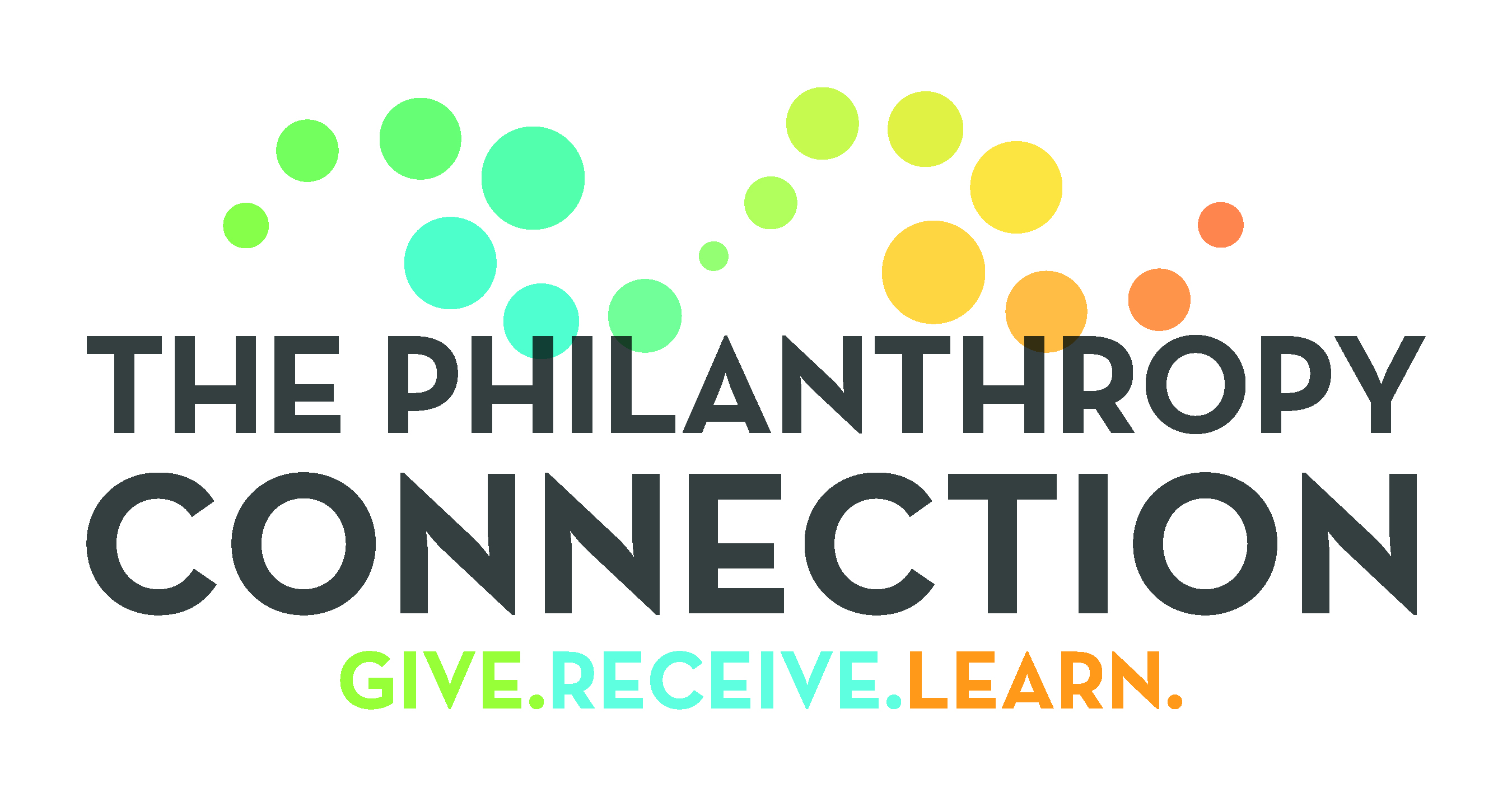Teamwork and learning are two fundamental values at TPC. As a volunteer organization, we depend on teamwork get to our work done. So we decided to talk to Grantees Marquis Taylor, Executive Director of Coaching4Change and Anita Sharma, co-Executive Director at Political Asylum Immigration Representation (PAIR), about teamwork to see what we could learn.


Both Executive Directors agree: a unified team, with clear goals, gets more done and has a better experience doing it. When everyone takes ownership of a task by pooling resources, skills, and energy, everyone can feel good about the results. Here are four important teamwork lessons Marquis and Anita shared with us.
1. Teamwork looks different at different organizations, but at the core, teamwork is about everyone playing his/her part to support the organization’s work.
Coaching4Change, an organization that blends coach education, literacy, and leadership to empower and employ teenagers, has a small full-time staff of four people who rely on a larger team of 12 part-time staffers, 80 college volunteers and 9 board members to get the job done. While everyone has different roles, responsibilities and personalities, coming together to work with “the kids” unites them and gives them purpose.
At PAIR, an organization that provides pro bono immigration legal services to asylum-seekers and immigrants unjustly detained in Massachusetts, everyone works as part of a team. The two current co-directors made a deliberate decision to become co-executive directors because they wanted to implement a strong sense of teamwork. They decided that every staff member should share a duty with another team member. While that level of teamwork requires daily check-ins to avoid duplicated effort, it has instilled a deep sense of partnership and collaboration throughout the organization
2. Organizations have different strategies for promoting teamwork; it’s important to find the one that works for you.
Having fun together is one strategy. At Coaching4Change, the Executive Director, the COO and the Board go out to dinner to discuss how things are going, what their roles are – in a fun atmosphere. Marquis feels that, at the end of the day, if you don’t enjoy what you’re doing, you’re not going to get it done.
PAIR found that commitment to working together is central to teamwork. They hired a consultant to help them make teamwork a reality. There was a lot of conversation about what teamwork would look like and how to divide and conquer.
3. Teamwork is hard to make happen……
Ego can get in the way. According to Marquis, if the team is experiencing some challenges or “losses” – blame, finger-pointing and “my way or the highway” responses can crop up. Teams have to work at setting egos aside for the good of the team.
Lack of communication causes confusion. At PAIR, the co-directors set aside time for reflection and evaluation. “You can do a lot of talking and collaborating, but you need to make sure that you’re actually doing the work too, not just talking about it.”
4. …but the benefits outweigh the pitfalls.
Marquis says support and committing to the challenge of winning with others is the benefit of teamwork. “It’s not easy” according to Marquis, “some failure is inevitable; in fact it is an important component of succeeding.” He talks about the need to “fail forward”, which means learning from failure. If some of his college students have a tough day with a kid, he won’t tell them how to “fix” the problem; instead, he asks them to consider how they could handle the situation other ways – so they can be a part of the solution.
At PAIR, the co-directors say teamwork has more benefits than just sharing the caseload; it results in generating more innovative ideas, building trust and camaraderie and a new-found “togetherness”. “The conscious effort to be more collaborative has resulted in a new energy around our work. We avoid having only one person define the personality of the organization and are finding less burnout because we are sharing the load. We’ve also found that it’s ok to have two leaders! We bring different style and ideas to the job, but our strength comes in being able to validate our ideas with each other.”
